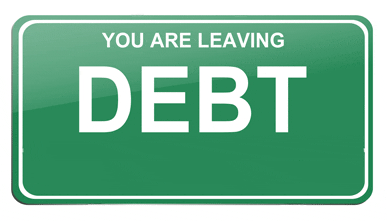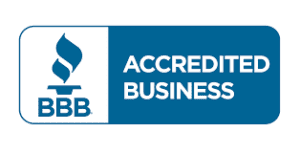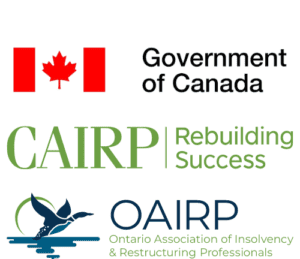Consumer proposals and bankruptcy both give you legal protection, but the experience is very different.
A consumer proposal lets you keep your assets, protect your income, and usually repay only about 30% of what you owe. Bankruptcy eliminates most debts faster but has stricter rules, more impact on your credit, and may affect your assets.
Understanding these differences helps you make the right choice for your situation.
In a consumer proposal, most people repay around 30% of what they owe — a savings of about 70% compared to paying the full balance. In bankruptcy, most debts are cleared, but the impact on your life is mush stronger.
What You Keep
With a proposal, you keep your home, your car, your RRSPs, and your personal belongings. Bankruptcy may require you to surrender assets depending on your province and equity levels.
Monthly Payments
A consumer proposal gives you one fixed monthly payment that never increases.
In bankruptcy, your payment can go up if your income rises because of surplus income rules.
Impact on Income
A proposal does not change based on income increases. You stay in control. Bankruptcy payments can climb if you earn more, which makes budgeting harder.
Credit Rating
A consumer proposal shows as an R7 rating and allows you to rebuild during the process. Bankruptcy is an R9 — the lowest rating — and stays on your report longer.
Length of the Process
A proposal lasts three to five years, but you can pay it off early at any time. Bankruptcy is faster (nine to 21 months), but carries more consequences.
Legal Protection
Both options stop:
- wage garnishments
- collection calls
- interest
- lawsuits
In a proposal you keep your property, vs in a bankruptcy some property will have to be surrendered.
When a Proposal Is Better
A consumer proposal is often the better choice when you:
- want to keep your home, car, and savings
- want predictable payments
- have steady income
- want to avoid the stigma and consequences of bankruptcy
- want to repay less (often around 30% of the total debt)
When Bankruptcy May Be Better
Bankruptcy may be the better option when:
- your income is very low
- you cannot afford even a small monthly payment
- your debts exceed the $250,000 proposal limit
- you need the quickest possible outcome
Some people a bankruptcy maybe a better option, but you need to sit down and figure out which. Our trustees are here to guide you through the process do ensure your best interests in your insolvency are provided for.










